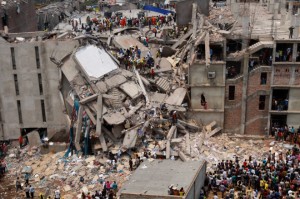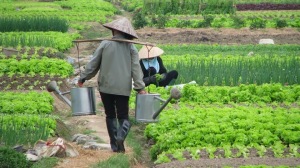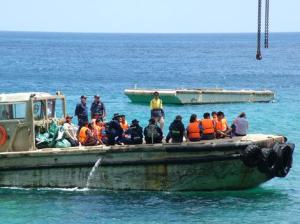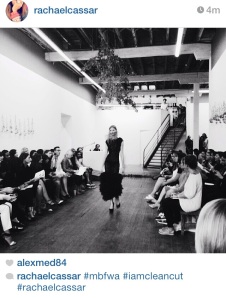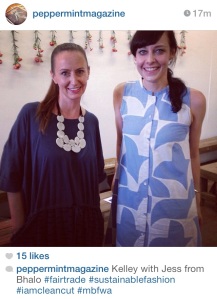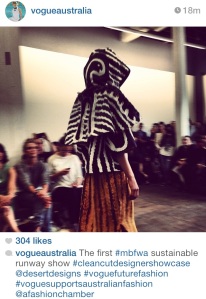What if falling in love meant fearing for your life and fleeing from your family? In India, many young love birds are calling on the Love Commandos to rescue them from dire and dangerous situation.
In many areas of India, love is a taboo and choice in marriage is as whimsical as rainbows and pots of gold.
Marriages are arranged along cultural, caste and religious lines, with 90 percent of Indians marrying through arrangements. But for couples who fall in love outside their permissible contexts, they may challenge traditional and family ideologies and traditions, and for too many, this can mean the difference between life and death. These marriages are called love marriages; something implicitly implied in our western culture.
Physical abuse, imprisonment and even honour killings are not uncommon responses from parents, siblings and extended family members who fear the stigma of an unsuited marriage. There are daily reports in local and national newspapers of horrifying retributive attacks. It was in response to this steady stream of bad news that the Love Commandos arose.
The Love Commandos are an unlikely group of modern day heroes who are stepping in to help India’s star crossed lovers. A group of middle aged men; former journalists and businessmen, who are tired of living in a society where young couples are killed or separated because of their love, banded together to employ non-violent action to rescue and save India’s persecuted love birds.
Founder, Sanjay Sachdev, a journalist, who himself married for love, is a passionate advocate for love and equality.
“Love is our nature. We cannot deny our nature. We live in a world of love, and yet our cultural, historical and political systems try to destroy love.”
The Love Commandos was born literally overnight. As one particularly disturbing case was reaching the news, Sachdev decided to do something about it. A hot line was set up to help couples escape dangerous situations, and within a few days news had spread throughout India. That was four years ago, and the phone hasn’t stopped ringing.
“We receive between 90 to 400 calls each day from distressed couples asking for help, advice and in many cases, rescuing.”
The donation funded volunteer organisation has helped countless couples escape, fight harassment, and marry in safety.
Sachdev interrupts our meeting to take a phone call from his phone that rings incessantly. When he returns he explains;
“A young man has been put behind bars and his girlfriend has to make a statement to the Magistrate that they were in a consensual relationship. He is being accused of rape and kidnapping by her family. She is very distressed and doesn’t know if she will ever see him again. She took a risk just calling me! I think she is being beaten by her mother.”
The Love Commandos will work with the young girl to get her to a safe house, where she will be protected and arrangements made to save her love.
But it isn’t just a fairy-tale love that Sachdev and his band of Commandos are fighting for. The very fact that a group of undercover Love Commandos exists, not to mention its continuous demand – highlights some deeply societal and political inequalities within the world’s largest democracy. Such inequalities are perpetuated by the caste system and instilled through gender inequality.
For Indians, marriage is considered the transition into adulthood, and is virtually essential for everyone. Although illegal, dowries – money, goods or an estate that the girl or women is expected to bring into the marriage – are still common place, resulting in harassment and domestic abuse. This practice, along with arranged marriages, places women and girls in severely disempowered and vulnerable positions. Their choice and freedom is willed by their family and their husband’s family.
Sachdev believes it is this practice that is reinforcing a draconian caste system, and disabling the full empowerment of women in India.
“The caste system is dividing our nation and political parties are maintaining a criminal silence on the issue of protection for the rights of lovers in order to protect the ancient system. This just further entrenches the inequalities for women in our country”.
From the time they can walk, girls in India are being prepared for marriage. According to UNICEF, 47 percent of girls in India are married without their consent before they are 18, making India home to one-third of the worlds child brides. The average age of marriage for females globally is 22 years.
“When a girl falls in love she becomes a target of violence. She is detained in her home. Her education stops. Her employment stops,” Sachdev explains passionately. “We talk of freedom for women, but they have no freedom in their homes. Why are girls married so much younger than boys? We cannot talk of equality and yet have such vast discrimination.”
From the government, to law enforcement, to families, each member of society has a responsibility to uphold India’s constitution; which states that men and women can choose whomever they want to marry, without threats of violence or acts of harassment.
However in villages and cities, the police and magistrates are complicit with families and communities who perpetuate violence and harassment towards couples who choice love marriages or individuals who refuse arrangements. Whilst they fight the implementation of the law, India sits on a volcano.
“Love is natural. Every heart needs to have a love relationship. I do not believe that there can be any heart of earth that does not want love.”
The non-violent movement by the Love Commandos is much more than romanticism and ideology. Sachdev believes that Love Marriages have the power to challenge the political and cultural systems, dismantling the pervasive caste system so entrenched in tradition and active in oppression. Just as Gandhi peacefully fought for equality and liberty, the Love Commandos advocate against a system that purports classism, sexism and intolerance, through love.
“One day we will have equality, freedom and choice. In the meantime we continue helping the one.”
The Love Commandos operate at their own financial cost, and own risk. There are bounties on their heads and they survive on donations alone.
If you would like to support this work please donate at: http://lovecommandos.org/
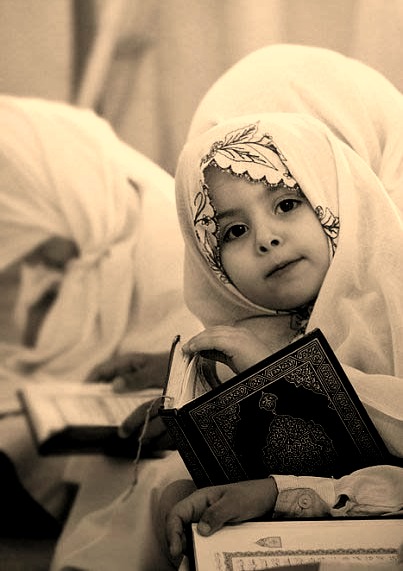
 persecution, demonstrates an outright and blatant disrespect for international law by the Australian Government.
persecution, demonstrates an outright and blatant disrespect for international law by the Australian Government.
